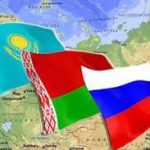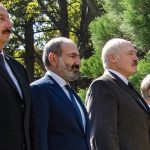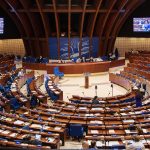- 13 December, 2024
- Foreign Policy
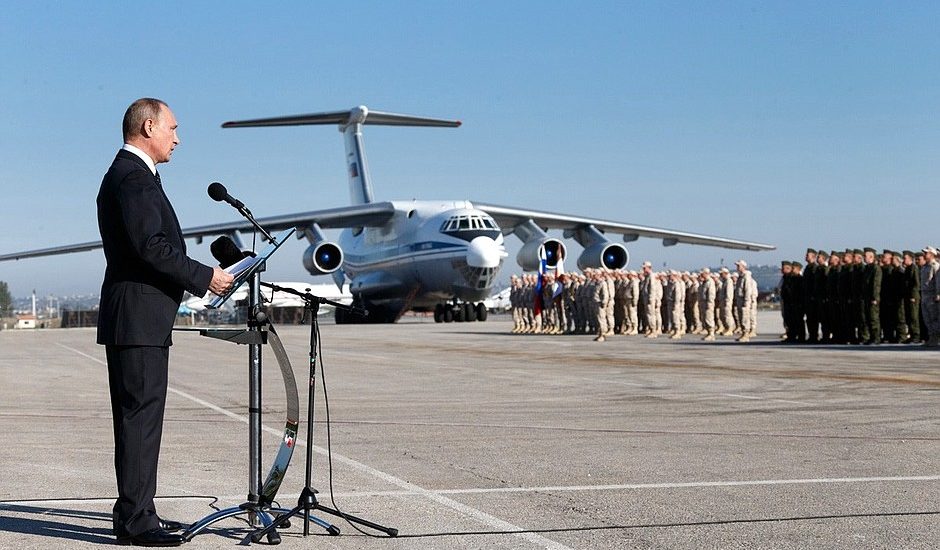
On December 8, 2024, the regime of President Bashar Assad in Syria was overthrown by the capture of the capital Damascus by Syrian armed opposition groups. He and his family fled the country, seeking asylum in the Russian Federation.
According to Russian presidential spokesman Dmitry Peskov, the decision to grant asylum to Assad was made personally by Russian President Vladimir Putin.
Russia’s Permanent Representative to International Organizations, Mikhail Ulyanov, officially confirmed this information, noting: “Russia does not betray friends in difficult situations.”
The Union of Informed Citizens looked into the promises made by the Russian President to Assad and the Syrian people since his involvement in the Syrian conflict, as well as the military-political agreements signed between the two countries and the main obligations assumed by Moscow.
With what promises did the Russian Federation enter Syria?
The Russian Federation officially became involved in the Syrian conflict in September 2015, becoming Assad’s main ally and playing a major role in maintaining his power during the bloody civil war that erupted in the country and lasted for more than a decade.
Putin has always explained the Russian side’s involvement in the conflict with the need to support the legitimate government of Syria, protect the country’s sovereignty and territorial integrity, protect the rights of the Syrian people, and fight terrorism.
In response to Western demands to remove Assad, the Russian president insisted on various occasions that Assad is a “legitimate leader“.
“Western countries are trying to forcefully change governments in the Middle East without taking into account the sovereignty of those countries. The consequences of their actions in Iraq and Libya show that such an approach is disastrous. We cannot allow the same to happen in Syria,” Putin said.
The Russian president also emphasized that “at the invitation of the government of Bashar al-Assad,” the Russian side is committed to defending Syria’s sovereignty.
Since becoming involved in the conflict, Putin has consistently emphasized that Russia’s military operations in Syria are “aimed at combating the terrorist threat.”
“We support the Syrian government, as it is the main force that can stop the spread of terrorist groups, including the Islamic State and other extremists,” the Russian president noted.
Military bases in Syria in exchange for security guarantees
Since the outbreak of the civil war in Syria and Moscow’s involvement in it, two major military-political agreements have been signed between the parties, which have established and expanded the Russian military presence in the country.
Under these agreements, the Russian side basically assumed obligations to ensure Syria’s territorial integrity, sovereignty, and the protection of the civilian population from terrorism.
In 2017, Moscow and Damascus signed an agreement that gave Russia access to the Syrian port of Tartus on a free-of-charge basis for 49 years to provide logistical support for the Russian Navy.
By doing so, the Syrian side transferred territory for free use to the Russian side.
According to the agreement, the term would be automatically extended for subsequent 25-year periods unless either party notified in writing through diplomatic channels of its intention to terminate the agreement at least one year before the expiration of the current term.
Under the agreement, the maximum number of Russian warships allowed to be in Tartus at one time was 11, including nuclear-powered warships.
According to Article 9 of the agreement, the Russian side was granted absolute sovereignty over its military base, that is, the personnel of the military base enjoyed immunity and were not subject to the Syrian legislation.
The Russian side was committed to ensuring the defense of the port of Tartus and supporting the security of the surrounding region, directly contributing to the military and strategic stability of Syria.
Russia was committed to financing the expansion and modernization of the naval base, as well as the maintenance of local infrastructure.
Second military base at Khmeimim Air Base
Russia also expanded its military presence in Syria by deploying its own forces to the Khmeimim Air Base in Latakia province, which is intended for the operation of the air force.
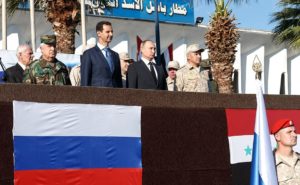
This agreement also granted Russian units the right to full operational control over the military base provided to them free of charge, meaning that the personnel were granted immunity, and their activities were not subject to the Syrian legislation.
The agreement also gave Russian forces the right to expand, which Moscow took advantage of in later years.
The Russian side’s obligations under this agreement also included ensuring the security of the air base, developing infrastructure, and supporting Syrian government forces against rebel forces.
How “terrorists” turned into “oppositionists”
Official Moscow, which entered Syria with promises to protect the Assad regime and its people from terrorist groups, in a matter days stopped classifying the militants who had reached Damascus from the north of the country as terrorists.
In particular, Russian Foreign Minister Sergei Lavrov has begun using the term “opposition groups” when referring to the forces that overthrew the Assad regime, an ally of Moscow.
Moreover, after the fall of the Assad regime, the flag of the Syrian embassy in Moscow was replaced with the opposition flag.
Thus, the Russian side got involved in the Syrian conflict and signed a number of important agreements, in order to prevent the overthrow of the legitimate Assad regime, to protect the country’s sovereignty, and to protect the Syrian people from what it described as terrorist groups.
However, none of these commitments have actually been implemented. In the end, the Assad regime has been overthrown, and the “terrorists” from whom Moscow was committed to protecting the people are now “opposition forces.”
Nane Manasyan
Union of Informed Citizens NGO





